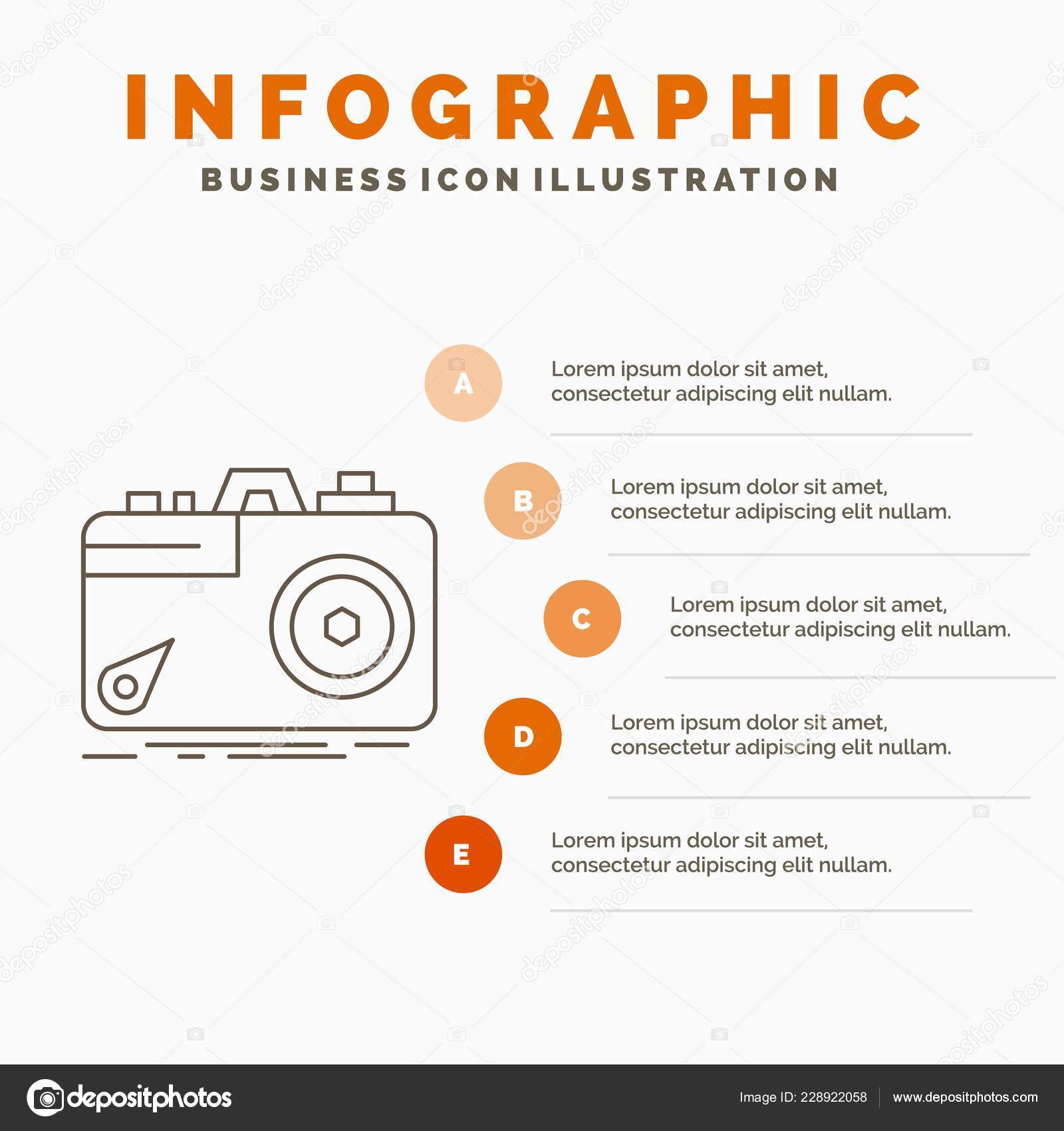Join Us To Discover Essential Photography Tips That Will Certainly Open Your Video Camera'S Possibility-- Prepare To Capture Magnificent Images In No Time At All!
Join Us To Discover Essential Photography Tips That Will Certainly Open Your Video Camera'S Possibility-- Prepare To Capture Magnificent Images In No Time At All!
Blog Article
Published By-Lindgreen Fuentes
When you initially get your video camera, it can feel frustrating with all the settings and choices readily available. You might find yourself questioning how to navigate aperture, shutter speed, and ISO properly. Mastering these basics is essential, but there's more to photography than just technical knowledge. Comprehending structure strategies and lighting problems can elevate your photos considerably. So, what if you could learn basic techniques to improve your skills and start catching outstanding photos earlier than you assume? Allow's check out just how to change your digital photography journey.
Recognizing Video Camera Settings
Understanding your video camera settings is essential for catching stunning pictures. When you pick up your camera, acquaint yourself with the 3 main settings: aperture, shutter rate, and ISO. Each plays an essential function in just how your pictures end up.
Begin with aperture, which manages the quantity of light getting in the lens. A wider aperture (reduced f-number) allows much more light and creates a stunning history blur, excellent for portraits. On the other hand, a narrower aperture (greater f-number) keeps even more of the scene in emphasis, ideal for landscapes.
Next, focus on shutter rate. simply click the following page identifies for how long your cam's sensor is subjected to light. A rapid shutter rate freezes activity, which is great for action shots, while a slow shutter speed can develop magnificent impacts like smooth water in landscapes.
Last but not least, readjust your ISO. This setup affects your cam's sensitivity to light. A higher ISO serves in low-light circumstances however can present noise or grain. Aim for the lowest ISO possible while still accomplishing proper exposure.
Structure Techniques
When you're out shooting, structure can make all the difference in just how your pictures reverberate with customers. Begin by using the guideline of thirds; visualize your structure separated into nine equal sections with two horizontal and two upright lines. Position key elements along these lines or at their intersections to develop balance and interest.
Next, consider leading lines. These natural lines in your scene, like roadways or rivers, draw the visitor's eye into the photograph, guiding them through the story you're informing.
Don't ignore mounting; use aspects within your scene, like trees or windows, to create a frame around your subject, including deepness and emphasis.
Likewise, keep an eye on your background. Team photographer near me can distract from your main subject, while a basic one helps it attract attention.
Lastly, trying out symmetry and patterns; they can produce a striking picture that records interest.
Learning Lighting Issues
Grasping lights conditions is essential for recording stunning pictures, as the ideal light can transform an ordinary scene into something remarkable.
Beginning by observing natural light at various times of the day. Early mornings and late afternoons offer the very best light, referred to as the golden hour. The soft, cozy tones throughout these times can improve your pictures perfectly.
Don't avoid cloudy days either; diffused light can decrease rough darkness and create a pleasing result, especially for portraits.
Experiment with backlighting by positioning your subject versus the light. This method can produce a wonderful halo effect and add depth to your images.
Pay attention to your electronic camera setups too. Adjust the ISO, aperture, and shutter rate to match the illumination conditions. A higher ISO can assist in low light, yet be cautious of grain.
Make use of a tripod in darker settings to prevent blur.
Last but not least, do not forget synthetic lighting. Flash and continual lights can be terrific tools for controlling light in challenging conditions.
Final thought
In conclusion, understanding your video camera does not need to be frustrating. By understanding your settings, using structure strategies, and harnessing the power of all-natural light, you'll swiftly elevate your photography abilities. Remember, practice makes ideal, so get out there and explore your newfound understanding. With time and dedication, you'll be recording stunning pictures that show your special point of view. Where to take photos for copyright card in the trip, and do not fail to remember to have a good time while you go to it!
